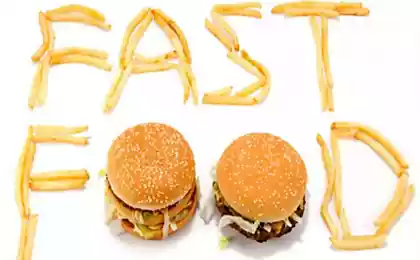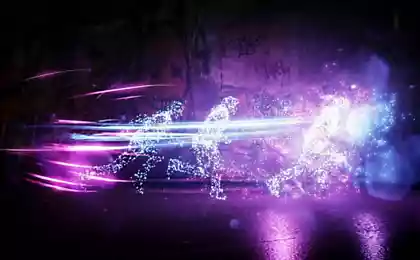482
Scientists have been able to increase our maximum capacity of fiber optic networks
Concerns over suddenly disappeared of the Internet as a result of congestion of fiber-optic lines can be forgotten. Institute engineers Qualcomm in San Diego, were able not only to overcome the presumed limit of data transmission through fiber optic network, they literally almost got rid of him, raising 20 times of base level power of the optical signal.

As a rule, to increase the speed of sending and receiving data the engineers were trying to improve signal strength. However, at some point increasing this capacity begins to interfere. As a result of deteriorating the quality of the data being sent and in some cases, data does not reach the addressee. The more light is fed through the channel, the greater the interference. At some point the data becomes so distorted that they're impossible to understand and decode by the receiver. But this time the engineers were able to transmit information over a distance of almost 12 thousand kilometers without any signal amplifiers.
To achieve this technological breakthrough was possible thanks to the use of broadband "frequency combs", which make the distortion of the signal is predictable (and thus reversible) at the end of the line and thereby allow the same capacity to significantly increase the threshold margin channel fiber-optic networks.
The head of the project and the person that compares the current fiber optic network "quicksand where the more you struggle, the faster you suck", Nicolas Alec from the Qualcomm Institute explains:
"The more you add power to your signal, the more distortion you get, and thus to transmit a signal over long distances you will not succeed. Our transfer method allows you to get rid of these restrictions, which in turn enhances the transmission distance of signal without using amplifiers.
Electronic amplifiers are an extremely expensive way of maintaining a signal to it all the way, but they do not solve the problem of distortion. In turn the crests of the frequency with this task can do. published
P. S. And remember, only by changing their consumption — together we change the world! ©
Source: vk.com/coderspub?z=photo-38000487_371096581%2Falbum-38000487_00%2Frev

As a rule, to increase the speed of sending and receiving data the engineers were trying to improve signal strength. However, at some point increasing this capacity begins to interfere. As a result of deteriorating the quality of the data being sent and in some cases, data does not reach the addressee. The more light is fed through the channel, the greater the interference. At some point the data becomes so distorted that they're impossible to understand and decode by the receiver. But this time the engineers were able to transmit information over a distance of almost 12 thousand kilometers without any signal amplifiers.
To achieve this technological breakthrough was possible thanks to the use of broadband "frequency combs", which make the distortion of the signal is predictable (and thus reversible) at the end of the line and thereby allow the same capacity to significantly increase the threshold margin channel fiber-optic networks.
The head of the project and the person that compares the current fiber optic network "quicksand where the more you struggle, the faster you suck", Nicolas Alec from the Qualcomm Institute explains:
"The more you add power to your signal, the more distortion you get, and thus to transmit a signal over long distances you will not succeed. Our transfer method allows you to get rid of these restrictions, which in turn enhances the transmission distance of signal without using amplifiers.
Electronic amplifiers are an extremely expensive way of maintaining a signal to it all the way, but they do not solve the problem of distortion. In turn the crests of the frequency with this task can do. published
P. S. And remember, only by changing their consumption — together we change the world! ©
Source: vk.com/coderspub?z=photo-38000487_371096581%2Falbum-38000487_00%2Frev























